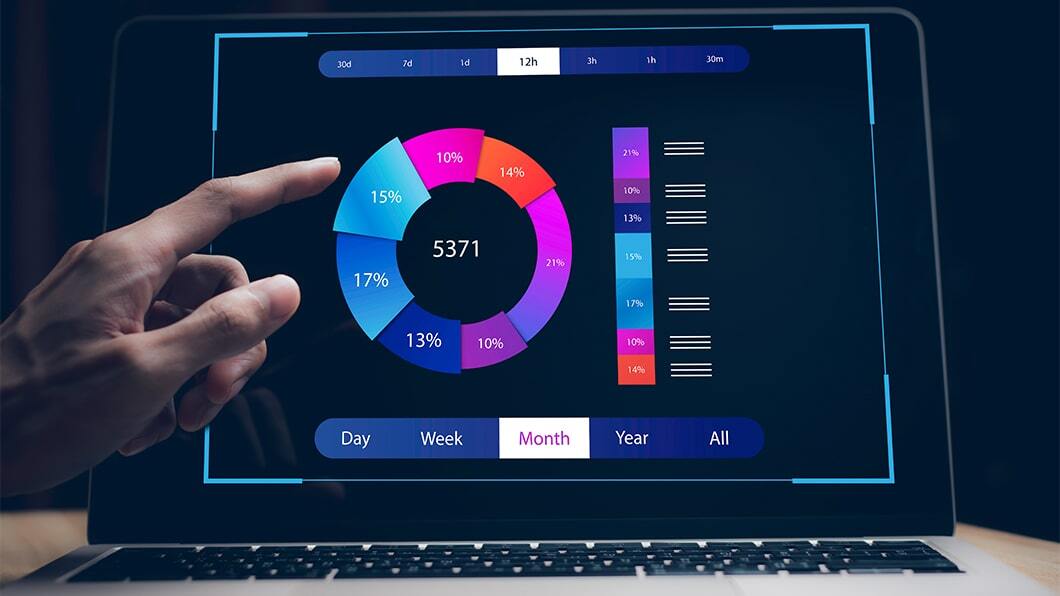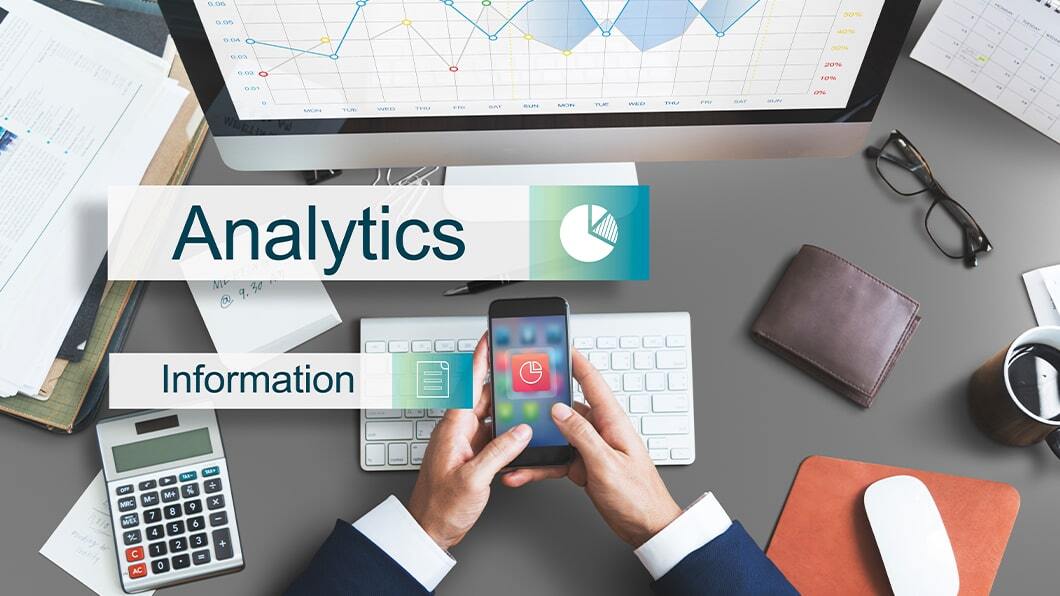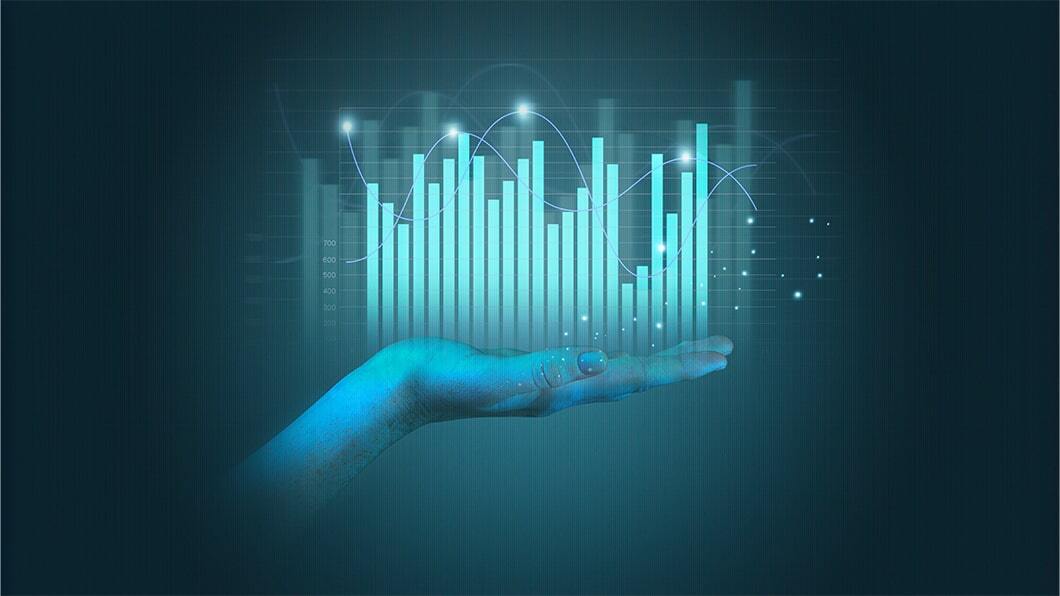
The Rise of Edge Computing
Introduction
In an era where speed, responsiveness, and real-time data analysis are becoming paramount, the concept of edge computing is taking center stage. This blog post aims to delve into the intricacies of edge computing, exploring how it’s poised to revolutionize IT infrastructure and fundamentally change the way we process data and deliver services in a rapidly evolving digital landscape.
Understanding Edge Computing
At its core, edge computing is a decentralized computing paradigm that brings data processing closer to the source of data generation, which often includes IoT (Internet of Things) devices, sensors, and other endpoints. Unlike traditional cloud computing, where data is sent to centralized servers for processing, edge computing pushes the processing power to the “edge” of the network, enabling real-time analysis and decision-making.
Key Concepts of Edge Computing
- Low Latency: Edge computing reduces the time it takes for data to travel from the source to processing, which is essential for applications that demand near-instantaneous responses. For instance, autonomous vehicles rely on split-second decisions that can’t afford data to travel back and forth to distant data centers.
- Data Localization: Edge computing involves processing data locally, on or near the device generating the data. This approach minimizes the need for sending data to centralized data centers, which reduces bandwidth usage and addresses privacy concerns.
- Scalability: Edge computing is highly scalable. New edge devices can be added seamlessly to the network to handle increased workloads or new applications, making it adaptable to various environments and industries.
Applications of Edge Computing
Edge computing’s versatility and low-latency capabilities make it suitable for a wide range of applications across various industries:
- IoT: IoT devices, from smart thermostats to industrial sensors, benefit significantly from edge computing. By processing data locally, IoT devices can operate efficiently, even with intermittent internet connectivity.
- Smart Cities: Edge computing can optimize the management of traffic lights, energy distribution, and emergency response systems in smart cities, enhancing overall functionality and safety.
- Healthcare: In healthcare, edge computing can be a life-saver. Medical devices can process patient data at the edge, ensuring real-time monitoring and rapid response in critical situations.
- Retail: Retailers use edge computing to create personalized shopping experiences. By analyzing customer data in real-time, they can offer tailored product recommendations and promotions to enhance customer engagement.
Challenges and Considerations

While edge computing offers numerous advantages, it also presents some unique challenges:
- Security: The distributed nature of edge computing requires robust security measures at each edge device to protect data at the local level. Security must be a top priority when implementing edge computing solutions.
- Data Management: Managing data across numerous edge devices and central data centers can be complex. A solid data management strategy is crucial to ensure data integrity, accessibility, and compliance.
- Interoperability: Ensuring compatibility and seamless integration between edge devices and existing IT infrastructure can be challenging. IT companies must invest in solutions that facilitate interoperability and data flow between edge and central systems.
The Future of Edge Computing
The future of edge computing looks exceptionally promising. As 5G networks continue to expand, the capabilities of edge computing will grow even further. Real-time data processing and analytics at the edge will become the norm, opening up new possibilities for industries, businesses, and consumers alike.
IT companies should keep a close eye on edge computing’s evolution, as it is set to play a pivotal role in the future of technology. Exploring edge computing solutions, building expertise, and considering how it can benefit clients and operations is not just about staying current; it’s about maintaining competitiveness in an increasingly interconnected world.
Conclusion

Edge computing is more than just a buzzword; it’s a transformative paradigm that has the potential to redefine how we process data and deliver services in the digital age. Its low-latency, data localization, and scalability capabilities make it a game-changer across various industries. Embracing the shift towards edge computing isn’t merely a strategic choice; it’s a necessity for IT companies looking to stay at the forefront of technological innovation and deliver optimal solutions to their clients.
FAQs
1. What’s the primary difference between cloud computing and edge computing?
Cloud computing relies on centralized data centers for data processing, while edge computing moves data processing closer to the data source. Edge computing aims to reduce latency and enable real-time analysis, making it suitable for applications requiring rapid responses.
2. Can you provide an example of edge computing in action?
Imagine a self-driving car. It generates massive amounts of data through sensors and cameras in real-time. With edge computing, the car can process this data locally to make instant decisions like braking or changing lanes, rather than relying on a distant data center, which would introduce unacceptable delays.
3. Is edge computing only suitable for large enterprises, or can small businesses benefit from it as well?
Edge computing is not limited to large enterprises. Small businesses can benefit from edge computing, especially in scenarios where real-time data processing is essential, such as optimizing supply chains, enhancing customer experiences, or monitoring equipment in industrial settings.
4. What are some of the security concerns associated with edge computing?
Security is a significant concern in edge computing due to the distributed nature of devices. Some concerns include securing edge devices against physical tampering, ensuring data encryption and privacy at the edge, and managing security patches and updates across various devices.
5. How can edge computing benefit industries like healthcare and manufacturing?
In healthcare, edge computing can enable real-time monitoring of patients’ vital signs, which is critical in emergencies. In manufacturing, it supports predictive maintenance by analyzing sensor data from machines, reducing downtime and improving efficiency.
6. Are there any specific industries where edge computing is particularly transformative?
Edge computing has a transformative impact on industries where real-time decision-making is crucial, such as autonomous vehicles, healthcare, manufacturing, and telecommunications.
7. How can businesses start implementing edge computing solutions?
Implementing edge computing solutions involves assessing specific business needs, selecting appropriate edge devices and infrastructure, ensuring data security, and integrating edge capabilities with existing IT systems. It often starts with a well-defined use case.
8. Does edge computing require a significant upfront investment?
The cost of implementing edge computing solutions varies depending on the scale and complexity of the project. While there may be initial setup costs, the potential benefits, including reduced latency and improved efficiency, can justify the investment.
9. How is edge computing related to 5G networks?
Edge computing and 5G networks are closely related. The low latency and high bandwidth of 5G make it an ideal companion for edge computing. Together, they enable ultra-responsive, real-time applications and services.
10. Can edge computing and cloud computing coexist in the same IT ecosystem?
Yes, edge computing and cloud computing can coexist and complement each other. Some data processing tasks can be performed at the edge for low latency, while others can be sent to the cloud for deeper analysis and long-term storage. The choice depends on the specific needs of the application.
11. Is edge computing replacing cloud computing entirely?
Edge computing is not a replacement for cloud computing; instead, it complements it. While edge computing brings processing closer to the data source for real-time tasks, cloud computing continues to serve as a centralized platform for data storage, extensive analytics, and complex computations.
12. What are the hardware requirements for implementing edge computing solutions?
The hardware requirements for edge computing depend on the specific use case. Edge devices can range from small, low-power IoT sensors to more powerful edge servers and gateways. The choice of hardware depends on factors like data volume, processing needs, and environmental conditions.
13. Can edge computing enhance data privacy and compliance?
Yes, edge computing can improve data privacy and compliance by processing sensitive data locally. This reduces the need to transmit sensitive information over networks and minimizes exposure to potential data breaches during transmission.
14. How does edge computing affect data governance and data management strategies?
Edge computing introduces challenges in terms of data governance and management. Organizations need strategies to maintain data integrity, accessibility, and compliance across various edge devices and central data centers.
15. Are there any specific industries where edge computing is less applicable?
Edge computing is less applicable in industries where real-time processing and low latency are not critical. For example, some back-office administrative tasks may not benefit significantly from edge computing.
16. What role does artificial intelligence (AI) play in edge computing?
AI can enhance edge computing by enabling smart decision-making at the edge. Edge devices equipped with AI capabilities can analyze data, detect anomalies, and respond to events autonomously, making them more intelligent and adaptable.
17. How can businesses measure the return on investment (ROI) for edge computing projects?
Measuring ROI for edge computing projects involves assessing improvements in operational efficiency, reduced downtime, enhanced customer experiences, and cost savings from reduced data transmission and cloud usage.
18. What are some examples of edge computing platforms and solutions available in the market?
Several tech companies offer edge computing platforms and solutions, including Microsoft Azure IoT Edge, AWS IoT Greengrass, Google Cloud IoT Edge, and various hardware vendors providing edge servers and gateways.
19. Are there any standardization efforts in the field of edge computing?
Yes, there are ongoing standardization efforts by organizations like the OpenFog Consortium and the Industrial Internet Consortium (IIC). These efforts aim to establish common frameworks and interoperability standards for edge computing.
20. What role can IT service providers play in helping businesses adopt edge computing solutions?
IT service providers can assist businesses by assessing their specific needs, designing and implementing edge computing solutions, ensuring data security and compliance, and providing ongoing support and maintenance for edge devices and infrastructure.





